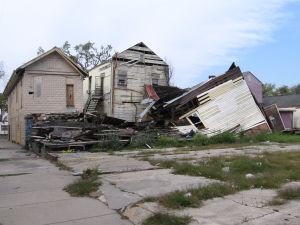 Any large influx of federal aid associated with disaster relief presents the potential for fraud. Fortunately, whistleblowers who report these abuses under the False Claims Act stand to share in between 15% and 30% of the government’s recovery. After a natural disaster, the federal government, through the Federal Emergency Management Agency (FEMA), contracts with private companies to provide the affected communities with food, water, shelter, clothing, cleanup, etc. In addition, FEMA administers national insurance policies for those that live in flood prone areas. The need to act quickly combined with a lack of government oversight often results in the submission of fraudulent payment claims to the federal government, especially in large disasters. Examples of potential natural disaster fraud include:
Any large influx of federal aid associated with disaster relief presents the potential for fraud. Fortunately, whistleblowers who report these abuses under the False Claims Act stand to share in between 15% and 30% of the government’s recovery. After a natural disaster, the federal government, through the Federal Emergency Management Agency (FEMA), contracts with private companies to provide the affected communities with food, water, shelter, clothing, cleanup, etc. In addition, FEMA administers national insurance policies for those that live in flood prone areas. The need to act quickly combined with a lack of government oversight often results in the submission of fraudulent payment claims to the federal government, especially in large disasters. Examples of potential natural disaster fraud include:
- Receiving federal funding for services not rendered or goods not provided
- Receiving or providing kick-backs or other benefits in awarding government funding
- Receiving federal funds for expenses paid for by another source
- Inflating the cost of goods and services paid for by federal funding
- Misclassifying expenses or falsifying records to justify federal aid
- Collusion or price fixing schemes in connection with bidding on federal contracts; or
- Using federal funds for personal or other non-qualifying uses
 Whistleblower Attorneys Blog
Whistleblower Attorneys Blog

